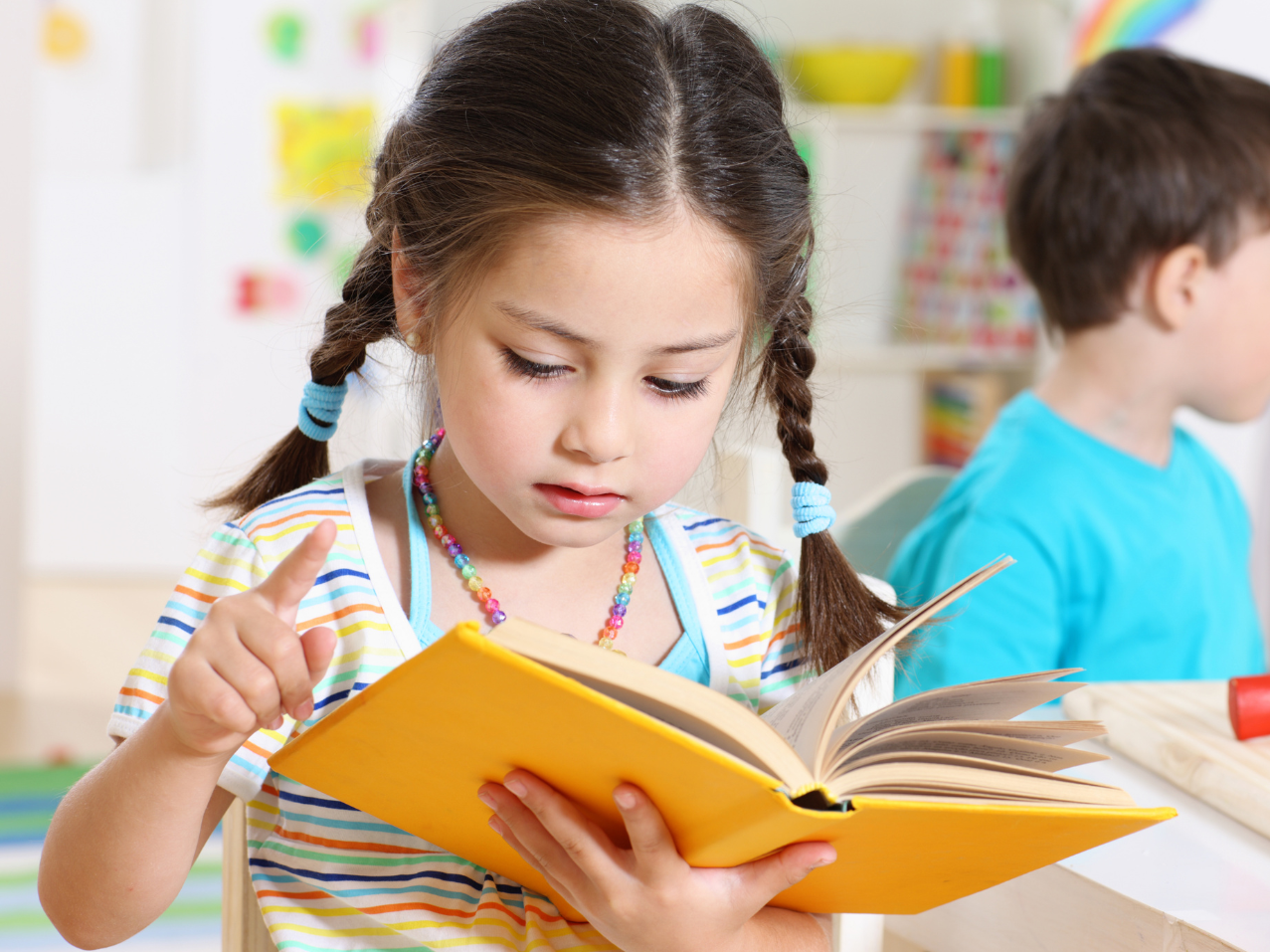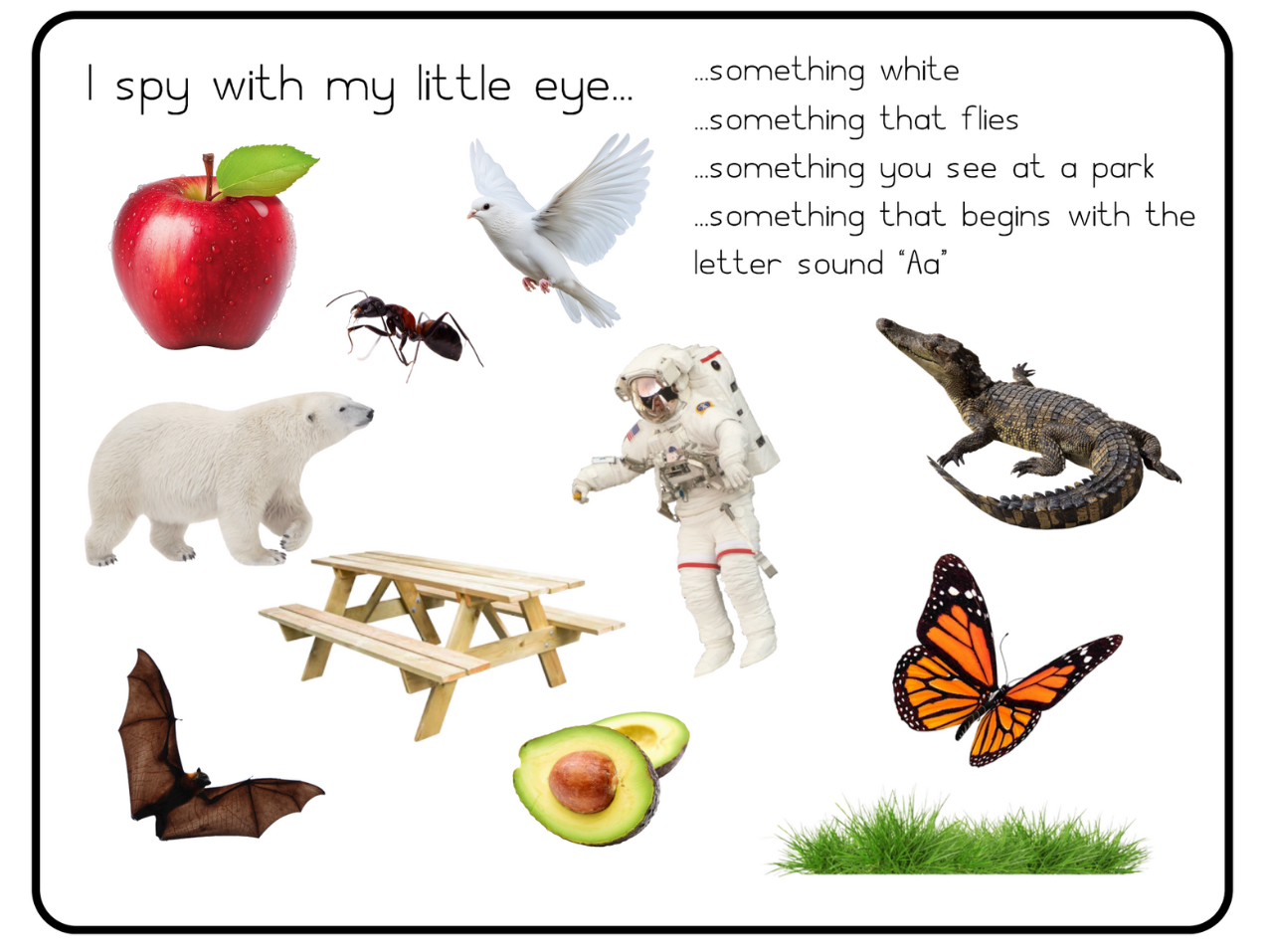Menu
-
-
Shop Holiday Items
-
Shop Gifts By Age
- Gifts For a 0-6 Month Old
- Gifts For A 6-12 Month Old
- Gifts For A One Year Old
- Gifts For A Two Year Old
- Gifts For A Three Year Old
- Gifts For A Four Year Old
- Gifts For A Five Year Old
- Gifts For A Six Year Old
- Gifts For A Seven Year Old
- Gifts For An Eight Year Old
- Gifts For A Nine Year Old
- Gifts For A Ten Year Old
-
Shop Gifts By Budget
- New Arrivals
-
Toys
- Large Active Toys
- Animal Toys
- Arts & Crafts
- Award-Winning Toys
- Bath Toys
- Birthday Wishlists
- Building Toys
- Cars, Trains, & Trucks
- Games
- Instruments
- Loose Parts Play
- Loot Bag Toys
- Made in Canada
- Outdoor Toys
- Pretend Play
- Puzzles
- Sensory And Fidget Toys
- Sensory Bin Tools & Fillers
- STEM Toys & Activities
- Toronto-Themed Gifts
- Travel Toys
- Wooden Toys
- Waiting Room Toys & Furniture
-
Montessori Materials
- Montessori At-Home Program
-
Montessori Furniture
-
Bundles & Sales
-
Books
-
Shop By Age
-
Shop By Brand
- Brands A-F
- Brands G-L
-
Brands M-R
- MagicPlaybook
- Magna Tiles
- Make Believe Ideas
- Makedo
- Manhattan Toys
- Math for Love
- Milaniwood
- MindWare
- Mojo Toys
- Moluk
- Moulin Roty
- Native Northwest
- nic
- Nienhuis
- Ooly
- Opinel
- Ostheimer
- Papoose
- Peaceable Kingdom
- Plan Toys
- Plus-Plus
- Preschool Collection Watches and Timers
- Ravensburger Puzzles
- Real Life Pages
- Brands S-Z
-
- 866-901-4696
- Gift Registry
- Login


4 Reasons To Take Your Child Grocery Shopping This Week
3 min read
Bringing my kids to the grocery store isn't always my favourite activity...
...BUT when there's time to slow down and everyone is in the right mood, it can be fun and there's so many opportunities for learning.
By taking our children to the grocery store with us, they have a chance to develop:
- If your child is interested, bring a fruit or veggie up to their nose so they can smell it.
- Walk through the bakery and talk about what you’re smelling.
- Invite your child to pick things up and put them in the basket, learning about different weights.
- Walk through the freezer aisle and talk about the temperature change.
- Look for new foods to try and eat once you get home.
- Walk around, look at all the different types of produce, name them, talk about their colours, their shapes, etc.
- Talk to your child about the fruits and vegetables that they like or don’t like (it’s okay for children to not like things, just like adults!).
3. Social Skills - Social skills aren’t just about being friendly or talking to people. Young children also need to learn how to navigate public spaces and just be around other people.
4. Independence and Responsibility - If possible, have a plan to buy 1 or 2 things that your child wants. This could be a fruit, veg, snack or idea for a meal.

For Children 6+
- helping to plan out the weekly menu
- writing out the grocery list
- looking over recipes to ensure you have all the ingredients
When To Start
Children don’t have to be independent walkers to be able to enjoy the grocery store, you can do a lot of what’s mentioned above while they’re sitting a stroller or shopping cart too.
Bonus Tips:
- If you’re planning to spend some time at the grocery store, bring snacks and/or eat beforehand. Young children are continuing to learn how to control their impulses and there’s a good chance they’re going to want to take a bite of something or want to eat something in the cart right away. You can redirect them to the snacks you’ve brought.
It’s okay for them to learn that they have to wait until everything is purchased (and washed, when necessary) before eating.
- The learning can continue once you’re home by inviting your child to help put the groceries away.
Even young toddlers can help to take cans and other items out of bags, handing them to you or putting them in a designated area. They’ll learn where everything goes, what items need to be refrigerated vs. put into a cupboard, etc.
- Grocery shopping can also be great way to pique your child’s interest in preparing food and/or trying new foods. Spend time in the kitchen once you’re home, washing a new fruit or veg you want to try, preparing the meal you bought all the ingredients for, baking, etc.
Join Our Montessori Community
Sign up to get weekly activities, free printables, Montessori parenting guidance, and so much more.
Plus, get $10 off your first order of $100+.
Like this article? Get new articles, weekly activities, free printables, Montessori parenting guidance, and so much more.
One mom recently shared:
"Your newsletter is always SO great. It is one of the few I open and read weekly. You provide so much value. Thank you!"


